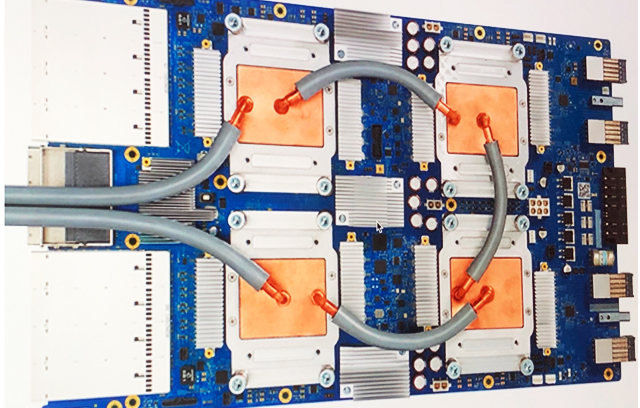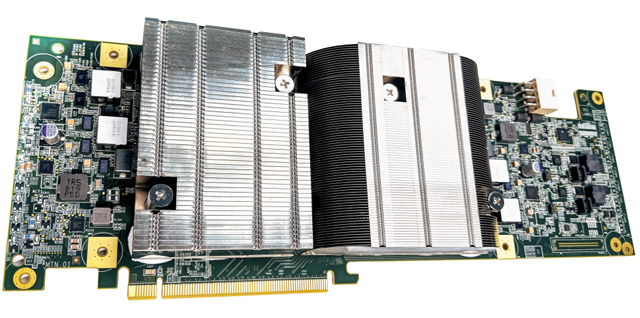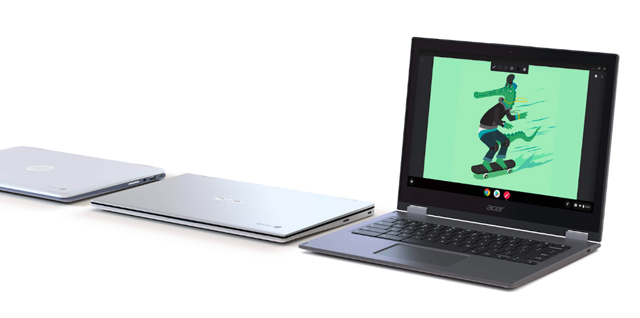|
Back to all articles
What Are Google's Home-grown CPUs Like?
Published: 12-15-2022

CREDIT: Zinskauf, CC BY-SA 4.0 via Wikimedia Commons
Apple has decisively demonstrated to the tech world that designing your CPUs can pay off big time, and Google seems to be paying attention. After all, Apple Silicon, in all its forms, keeps making devices like Chromebooks and Pixel phones look somewhat behind the times.
Google Keeps Poaching CPU Gurus
Designing a CPU is one of the most complex engineering jobs. Processors are so complex that no one person can comprehend how every single part of the device works. This might be one reason that Google has turned to AI to design CPUs, but thatís nowhere near being a substitute for a human experience and knowledge.
So it makes sense that a company looking to design its own silicon would have an eye on the big names in CPU technology. Google has brought on a former chief architect from IBM and Intel veterans.
Google CPUs in the Data Center

(Image credit: Google)
Google is most likely the largest provider of cloud services in the world. Whether itís something as ďsimpleĒ as Google Drive and associated apps, or complex search and AI processes, itís no exaggeration to say that this is a company that needs every processing advantage that it can get.
One of the first real examples of this is the Argos VCU or Video Transcoding Unit. This is a purpose-built processor thatís meant to transcode video, which is more than a little essential when you own and operate YouTube!
This isnít some small experiment either, reportedly Google has replaced 10 million Intel CPUs with its own silicon. Presumably this offers significantly more performance per watt than the general-purpose Intel CPUs.
In addition to the Google VCU, thereís also the Google TPU or Tensor Processing Unit that are built to accelerate AI model training, which leans heavily on tensor math. These have been around since 2016, although they didnít generate as much attention as the VCUs.
Think of them as supercharged versions of the tensor cores found on NVIDIA GPUs. It costs a huge amount of money to use data center resources to train AI models, and devices like the TPU can increase the speed and reduce the cost of this process. Given how much of our future will involve machine learning algorithms, this is a smart move on Googleís part.
Google CPUs in Chromebooks

CREDIT: GOOGLE
The VCUs are impressive, but they arenít exactly general-purpose chips that you as an end-user would want. Itís nice that your YouTube videos are getting a huge boost, but what about gadgets you can buy and use?
Google sells a lot of Chromebooks, especially in the education sector, but the actual hardware has been all over the place. Some Chromebooks are x86-based, others run on ARM. Some can run Android apps, others canít. This hodgepodge approach to the platform is hardly going to put a dent in something like an Apple Silicon MacBook Airís market, but Google seems to be working on custom Chromebook CPUs.
Just like Apple, these chips are likely based on ARM technology, but that doesnít tell us exactly how theyíll perform of what features they have. Just look at Appleís solution for running x86 code using Rosetta 2. Itís not a purely software or hardware solution, but a CPU design that accelerates key parts of the translation process so that Rosetta 2 has minimal overhead. At the same time. ARM Windows devices can barely run x86 code at usable speeds.
Chromebooks with extended battery life and enough horsepower to run anything a Chromebook user could need, while presumably saving on the profits that would have been paid to third-party CPU makers seems like a win-win for everyone.
Google CPUs in Mobile Phones
Google Pixel phones are respected for their amazing software features and pure stock Android operating system, but just like every other Android handset they suffer from a lack of performance compared to custom Apple Silicon.
It seems that Google thinks the Apple strategy is the one to go for and the Pixel 6 and Pixel 6 Pro phones are equipped with the in-house 5nm Google Tensor system-on-a-chip. While this processor is designed to accelerate all the AI goodies that are packed into the Pixel, as a first attempt itís perfectly competitive compared to the best from Qualcomm and Apple.
Thatís a heck of a first go at making your own smartphone chip, and we expect that with time and experience weíre going to see some truly impressive performance from devices with Google Tensor CPUs. A Google CPU Future?
Itís clear that when it comes to high-performance computing in the cloud and in local devices, the dominance of x86 CPUs from companies like AMD and Intel is under distinct threat. Other big players arenít afraid to tackle this market on their own, and build chips that either fit their needs precisely, or offer a viable alternative to customers who may want something different.
Once the Apple Silicon desktop Mac Pros come to market, weíll see what custom ARM chips are truly capable of, and if that ends up being a success you can bet Google and itís peers wonít be far behind.
|